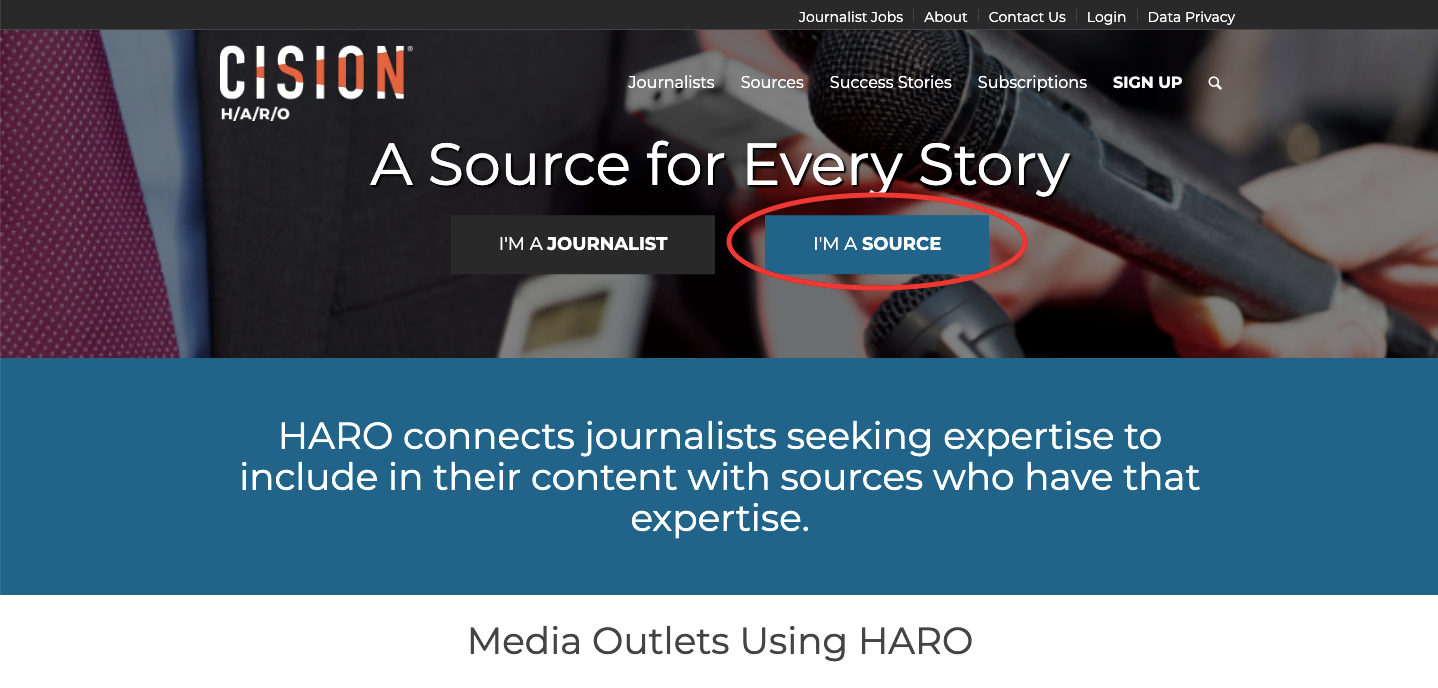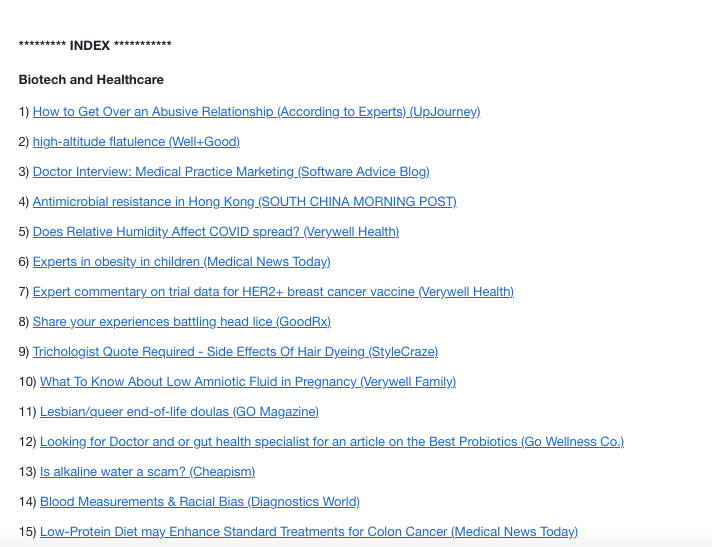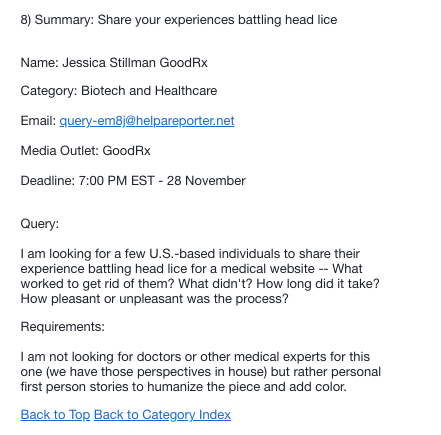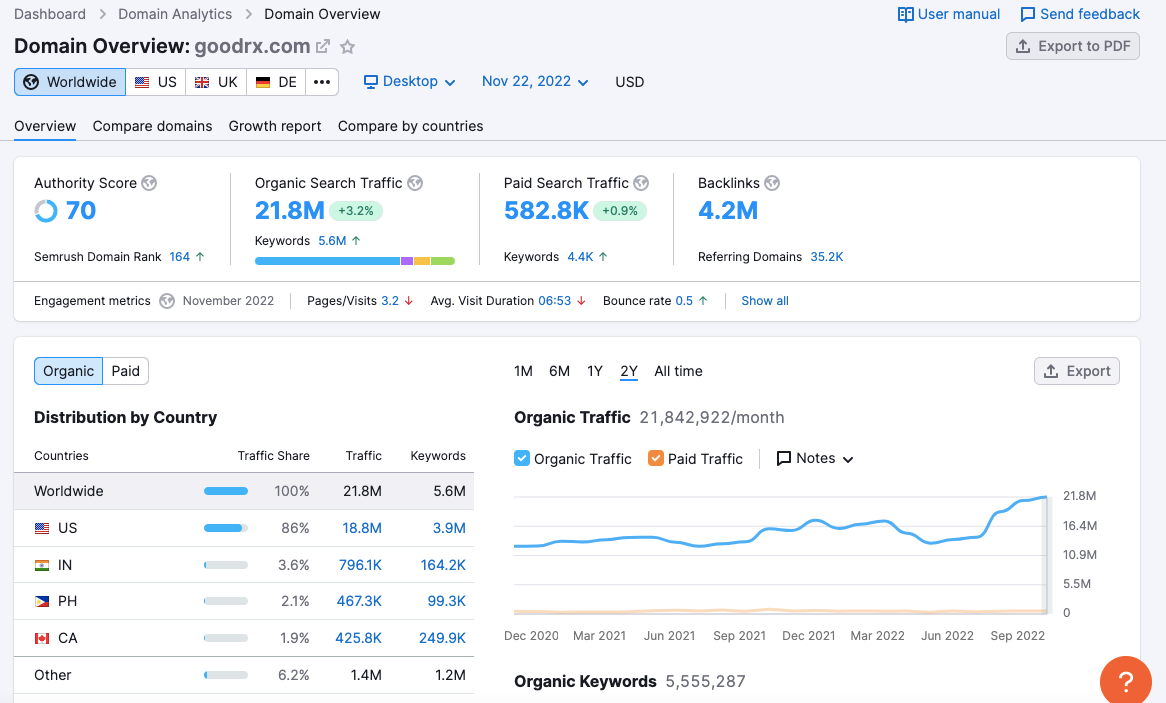Using HARO to generate high-authority backlinks for your business can be a great way to boost your traffic and sales. But what is HARO, and how does a HARO link-building strategy work? Keep reading to find out more!
What is HARO?
HARO, or Help A Reporter Out, is an online tool that connects journalists with expert sources (bloggers). It provides a free (and paid) service that can help businesses secure high-quality backlinks.
HARO links have a number of benefits, including providing valuable branding for your website and building a strong backlink profile. However, they can also take some time to build. The key is to provide the right pitch.
While HARO is a useful tool, it does not guarantee your submission will be featured in the article. However, using a HARO link-building service can be extremely beneficial since they have experience using HARO and understands what it takes to build links.
How HARO Works
HARO is a great way to build high-quality links. By sending out queries to journalists from different media outlets, you can increase your chances of getting coverage, dofollow links, and more referral traffic. However, the process can be time-consuming. If you’re using their free plan you need to sift through hundreds of daily opportunities and respond to relevant requests.
You can also use a HARO link-building service to help you with this process. A HARO link-building service understands the HARO outreach process better than most. They know how to pitch to journalists and how to follow up in a professional way.
Ready to get started with HARO link building? Here’s everything you need to do to get going.
1. Sign up as a Source

Once you’ve signed up as a source, you’ll receive three different emails, Monday through Friday at 5:35 a.m., 12:35 p.m., and 5:35 p.m. EST. Each of these emails will contain articles that journalists from major publications and small outlets are looking for expert sources to help with.
To help you filter through the different articles, they’re broken down into the following categories:
- Biotech and Healthcare
- Business and Finance
- Education
- Energy and Green Tech
- Entertainment and Media
- General
- High Tech
- Lifestyle and Fitness
- Travel
Depending on the vertical you’re a source for, this will allow you to quickly sort through the requests.
Here’s what a typical HARO email will look like.

If you click on the topic, you’ll be given a more detailed description.

This will provide you with more information about what the journalist is looking for. It will also give you the media outlet, deadline, and email you should use when submitting your HARO pitch.
2. Research the Outlet
Once you’ve found a query that fits your expertise, the next step is to do some research into the outlet. If your sole purpose in your HARO queries is to gain dofollow backlinks, you need to make sure the outlet is going to benefit you. A publication like the Wall Street Journal is going to provide more link equity than a small blog that doesn’t have a strong domain authority yet.
Look up the outlet name from the email. In the example above it’s GoodRx. Now we need to load up an SEO tool like Semrush to research the domain authority.

Because GoodRx has a domain rating of 70, this would be a quality HARO link to earn.
3. Write Your HARO Pitch
When writing HARO pitches, it’s important to connect with the journalist. Depending on the size of the outlet, they’re probably receiving dozens of responses. That means you need to make sure yours stands out.
Pay close attention to the individual HARO requests. What is the reporter asking for? In the example above on head lice, the journalist asks four different questions.
- She wanted to know what worked
- What didn’t work
- How long it took
- Whether or not it was a pleasant experience.
When responding to a journalist, make sure you’re very detailed. This gives the journalist the ability to pick and choose what information they want to use in the story. Be sure you answer all of their questions. If you miss something, they might use another source instead.
Within your response, make sure you also include your bio and a link to your website.
Upgrade to a Paid HARO Account
In addition to the free HARO service, they also offer paid accounts.
If you’re just getting started with HARO link building, the free HARO plan will be sufficient. However, the more you start using the service, the more beneficial you might find it to upgrade.

Paid HARO subscriptions can be beneficial for a couple of different reasons. They will not only save you time but they can help cut down on the work needed to submit HARO pitches to journalists.
Here are the different features that come with paid HARO subscriptions.
- Create a Profile – With the paid plans, you’ll be able to create a profile that can be added automatically to each HARO query you respond to.
- Keyword Alerts – There are some HARO emails that are filled with different requests. That means it can take time to scan through them so you can find relevant opportunities. With a paid plan, you can set up keyword alerts so that you only receive emails when those keywords are used within the journalist’s request.
- Text Alerts – When new opportunities that match your desired keywords become available, you’ll receive a text alert.
- Early Alerts – Instead of waiting for the emails to be sent out, you can receive alerts as soon as the HARO editorial team approves opportunities. This can help you get in front of the media earlier than others.
How to Succeed With HARO Link Building
HARO link building is a great way to gain links to your website from reputable high-authority sites. However, this type of link-building is not without its drawbacks. The biggest drawback is the sheer volume of pitches you must respond to.
There are a number of ways to succeed with HARO link building.
First, you must make sure that your pitch is well-formatted. It should contain information that is relevant to your website, and not just the basics. It should also include details such as your company name and position. Then, you must respond to the query correctly.
The most important part of your pitch is your response. A good response will include actionable tips and strategies, as well as information that a journalist can use to further his or her knowledge. If you fail to provide a solid response, it is unlikely that the journalist will reward you with a mention in their article.
Secondly, make sure you offer up your credentials. Journalists want quick answers, not fluff. They want to know that you are an expert in your field.
Common HARO Link Building Mistakes People Make
HARO link building is a great way to secure media mentions and build a solid reputation. It is also an effective way to increase organic traffic to your website. However, it is important to keep in mind that building links is not easy and requires a lot of time and effort. If you want to get more links, there are a few common HARO link-building mistakes that you should avoid.
- You need to choose a good reporter to work with. For example, a journalist who writes for a large publication may receive more responses than a smaller outlet. If you want to get a link from a reporter, it is important to make sure your response stands out from the other ones.
- You need to keep your response brief and accurate. This means you do not need to include product pitches or any information that isn’t helpful to the reporter. Also, you need to keep your response to 200 words or less. This will help you stand out from the other HARO responses.
- You should also make sure to respond fast. Most reporters look at the first few responses they receive. If your response isn’t timely, it may be ignored.
- You should never submit a response with a product pitch or an attachment. You should only send an email with a tip or helpful advice, not an advertisement.
The Bottom Line
HARO link building can be a great way to build quality backlinks to your website and support journalists with their stories. However, building HARO links can be time-consuming. Following the tips we provided should help make the process run a little smoother.






